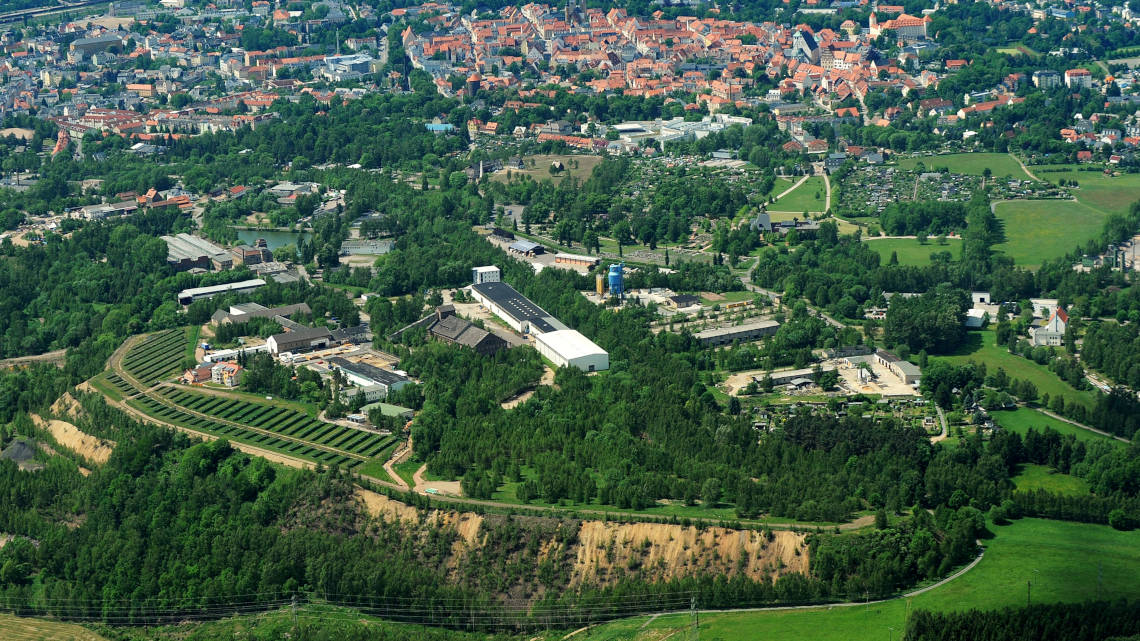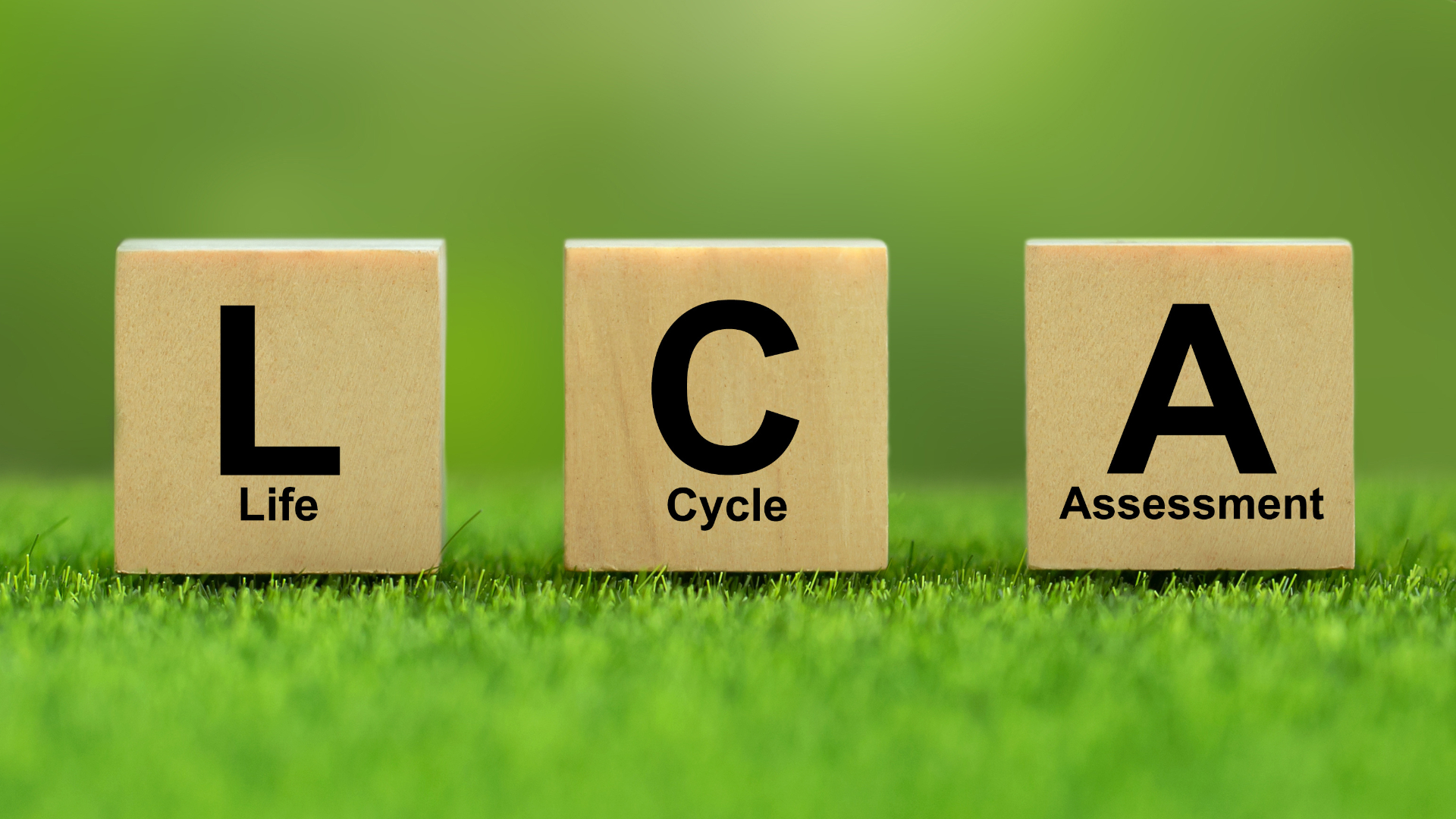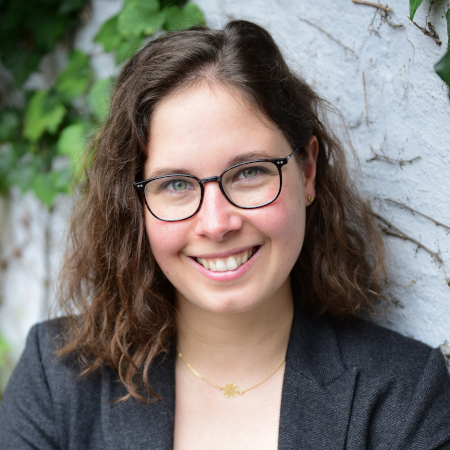Raw materials from mining waste
In the "rECOmine" project, researchers are developing concepts to recover recyclables and eliminate pollutants.

It is intended to be a win-win-win situation for the Erzgebirge region: The project "rECOmine - Resource-Oriented Environmental Technologies for the 21st Century" aims to develop methods that supply raw materials, help the environment and advance the region economically. "Residual materials from mining have two aspects: They are detrimental to the environment, but still contain finely distributed, low-concentration raw materials," explains project coordinator Jens Gutzmer from the Helmholtz Institute Freiberg for Resource Technology (HIF). "Some of them are already being reprocessed. But only in rare cases does this also involve decontamination. This is where we come in".
More than 60 partners, not only from industry and research, have already joined the project network. Over the next five years, they intend to jointly develop technologies that focus on mining and processing waste dumps, slags and ashes from the metallurgical industry as well as mine and heap water. These are to be sustainably decontaminated and the residual materials remaining in them economically recycled, for example in the form of processing uncleaned mining waste dumps or separating valuable metals from mine water.
Pilot tests at real sites
"To this end, we want to combine expertise in the environmental and resource sector in the region with existing know-how in the fields of automation and digitization," explains Gutzmer. Industrial companies and owners of suitable residual materials make their sites available for pilot tests with real heaps, slags and water. "This not only offers our scientists unique working opportunities in new, exciting fields of research, but at the same time promotes the practical training of our students on topics relevant to the future," says Urs Peuker, prorector for structural development at the TU Bergakademie Freiberg.
Global application potential
The project partners also hope to strengthen the economic structure of the Erzgebirge and point to tens of thousands of active and historic mining and smelting sites worldwide that could benefit from the new technologies. The Federal Ministry of Education and Research (BMBF) is funding the project with up to 15 million euros as part of the "WIR - Wandel durch Innovationen in der Region" programme.
bl/um


